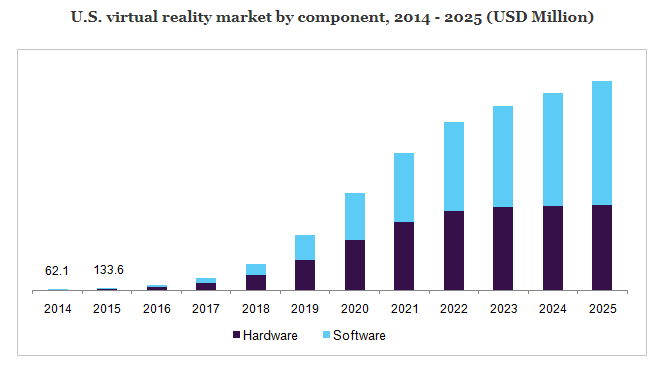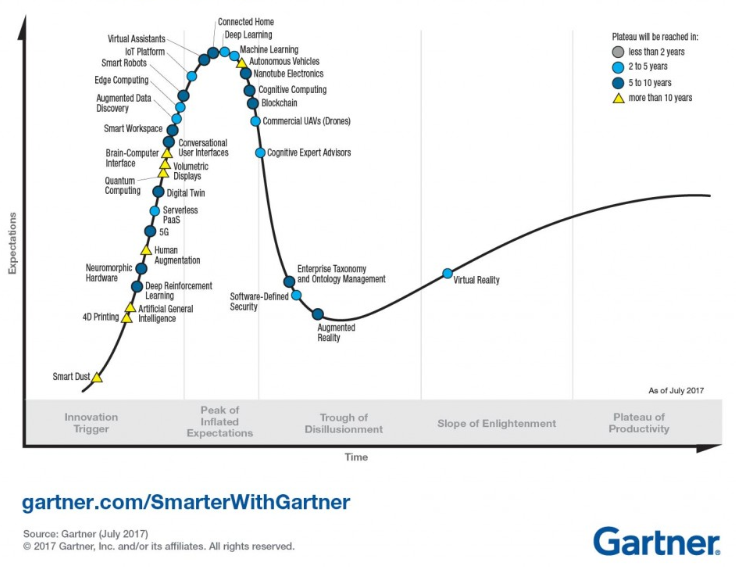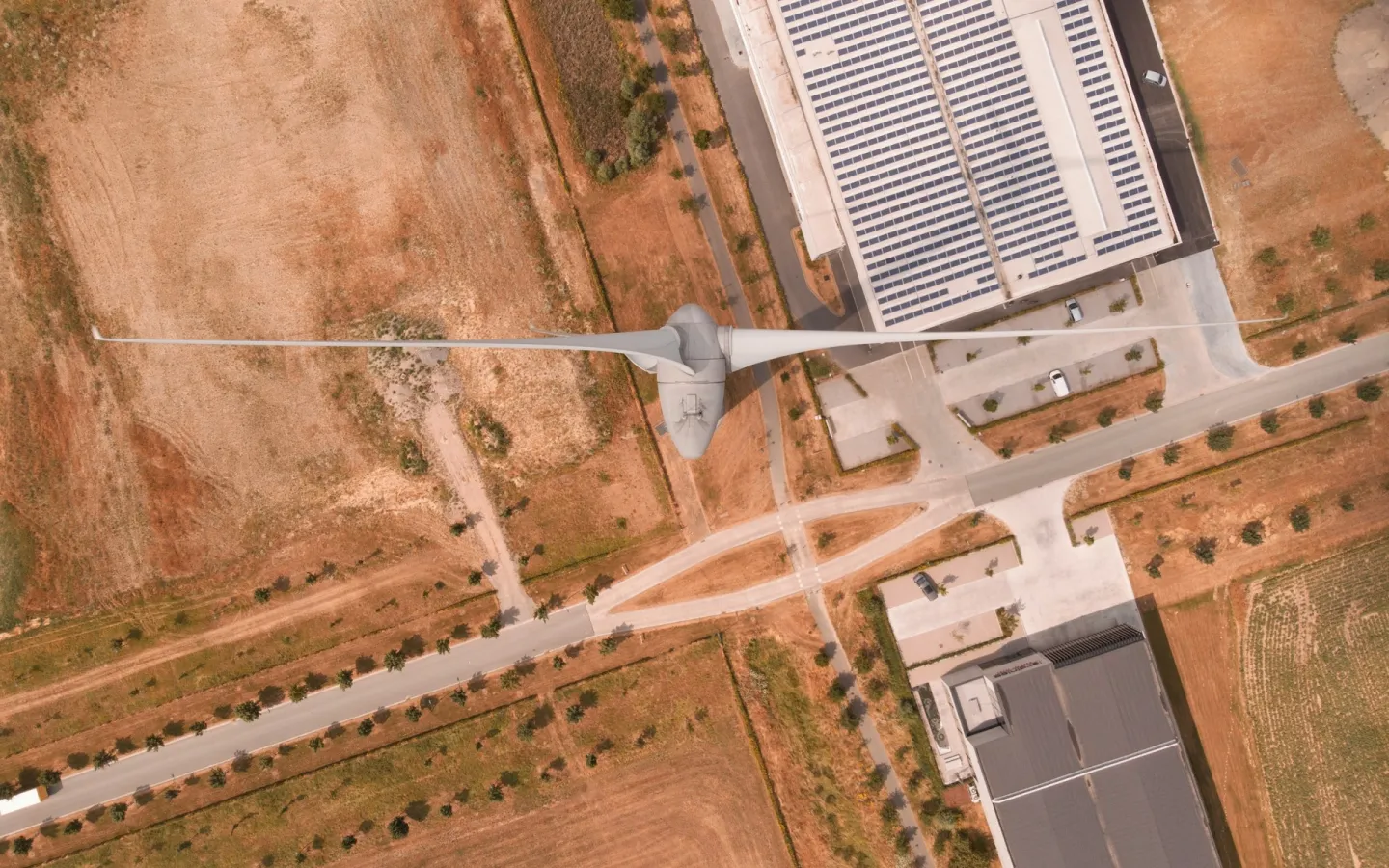This is the first in a multi-part series that will focus on the growth, investment, and M&A trends in the virtual reality and augmented reality industry.
Industry Introduction
Rapid changes in technology are providing new experiences that are redefining how people interact with the world. Established industries are changing and many new industries are emerging as a result of technological advances. Such new and exciting technologies include Virtual Reality (VR) and Augmented Reality (AR). In this first report we will provide a high-level overview of these emerging industries. We will explore the technology being used and examine the similarities between them.

Virtual Reality
Using special hardware and software VR aims to create environments, based on reality or imagination, that users experience with their senses. Also called virtual environments, VR may engage any number of the senses including sight, touch, hearing, or smell. Developers use coding languages, such as Virtual Reality Modeling Language (VRML), to generate simulations that can be used to create different types of experiences for the users. To engage with these experiences requires users to have one or more screens that are held close to their face via a head-mounted display (HMD), or headset. The objective is to immerse the user in the experience so they believe that they are in the new world or environment[1].Multiple ApplicationsVR technology has the potential to impact multiple industries ranging from gaming and esports to professional training, sporting events, commercial real estate, and even travel. Below are just a few potential use cases of the technology:(1) Create training simulations that allow professionals to practice for a real-world environment. Professionals such as pilots and healthcare workers could greatly benefit from the experience.(2) Immersive learning and training experiences for professional and amateur athletes.(3) Lawyers presenting cases to a jury will be able to immerse the jurors in a virtual crime scene rather than use traditional photos or white boards.(4) Virtual showings could allow property buyers from any location in the world to walk through and experience a home or building prior to purchase.Market VerticalsThe virtual reality market can be broken into various verticals. The first is the component aspect and includes hardware and software. The chart below shows that hardware currently contributes a greater share of revenue to the industry. Towards the end of the projected period the software component is expected to dominate.

[2]The second vertical includes the type of technologies and encompasses non-immersive and semi- and fully immersive VR. During 2016 the semi- and fully immersive VR dominated the market and this trend is expected to continue as consumers show preference for the HMD devices.
Augmented Reality
Augmented Reality (AR) provides users with the ability to interact with computer-generated enhancements while remaining in the real world. When executed correctly, AR has the potential to make experiences more meaningful. AR is usually developed into applications that are run on smart devices. The objective is to blend digital components into the real world. One significant difference between AR and VR is that when using AR, users can easily tell the difference between the real and augmented world[3]. Users can already experience AR via Snapchat filters or Pokemon Go. Multiple ApplicationsSimilar to VR, AR technology has many potential applications. The technology will have use cases in varying industries ranging from entertainment to military and advertising and medical. Some applications currently exist and many more will certainly be discovered as the technology is further developed. A few potential use cases include:(1) Overlaying a game world on top of the real world could provide location based games, similar to what was experienced with the Pokemon Go phenomena. (2) Communication in the work place could be altered as remote teams dialing into conference calls are presented with AR projections of each member of the conversation.(3) Home remodeling and construction projects could be previewed using AR before any changes are made.(4) Enhanced analytics and tracking of player stats in real time while watching a sporting event.Market VerticalsThe AR market can be viewed from a few different angles. The first is the component angle that includes hardware and software. To date, the software market has been dominant and was responsible for nearly 95% of revenues in 2014[4]. The hardware market is expected to grow as advancements in sensors, processors, and displays enable the creation of new devices. The AR market can also be viewed from a display component. This includes smart glass and head mounted displays (HMDs). Advances in these fields are expected to yield experiences with a better field and view and the ability to engage more of the users' senses.
Similarities
Virtual Reality and Augmented Reality can work together. By utilizing these technologies users gain enhanced experiences in both real and virtual worlds. By blending together components of VR and AR, developers can provide a more immersive and sensory stimulating experience. Virtual reality and augmented reality are great examples of experiences and interactions fueled by the desire to become immersed in a simulated land for entertainment and play, or to add a new dimension of interaction between digital devices and the real world[5]. Alone or blended together, they are undoubtedly opening up worlds - both real and virtual alike.
Related Industries
One industry similar to Virtual Reality and Augmented Reality is Mixed Reality. In Mixed Reality, users are able to interact with and operate both physical and virtual items and environments by using next generation-sensing and imaging technology. Mixed Reality allows a user to see and immerse themselves in the world around them even as they interact with a virtual environment using their own hands � all without ever removing a headset[1]. It provides the ability to have one foot (or hand) in the real world, and the other in an imaginary place, breaking down basic concepts between real and imaginary, offering an experience that can change the way users game and work.Virtual Reality and Augmented Reality are technologies to monitor as they advance and are further developed. With multiple use cases it is not a stretch of the imagination to believe that many of the industries we know today will be impacted by the technology. According to the Gartner Hype Cycle, we are still a few years away before both VR and AR enter the Plateau of Productivity where abundant revenues can be generated.

[6]Shu Ting (Candi) Chong contributed to this report.[1]Intel. (n.d.). Virtual Reality Vs. Augmented Reality Vs. Mixed Reality. (n.d.). Retrieved May 30, 2018, from https://www.intel.com/content/www/us/en/tech-tips-and-tricks/virtual-reality-vs-augmented-reality.html[2]Grand View Research. (2018). Virtual Reality Market Size Growth & Analysis | VR Industry Report 2025. Retrieved May 30, 2018, from https://www.grandviewresearch.com/industry-analysis/virtual-reality-vr-market[3]Ashwini, A. (2017, December 11). Augmented Reality(AR) And Virtual Reality(VR): What Are The Differences? Retrieved May 30, 2018, from https://medium.com/swlh/augmented-reality-ar-and-virtual-reality-vr-what-are-the-differences-bd650f9c7859[4]Grand View Research. (n.d.). Augmented Reality (AR) Market Size | Industry Report, 2024. Retrieved May 31, 2018, from https://www.grandviewresearch.com/industry-analysis/augmented-reality-market[5]Augment. (2017, March 06). Virtual Reality vs. Augmented Reality. Retrieved May 30, 2018, from http://www.augment.com/blog/virtual-reality-vs-augmented-reality/[6]Panetta, K. (2017, October 12). Top Trends in the Gartner Hype Cycle for Emerging Technologies, 2017. Retrieved May 31, 2018, from https://www.gartner.com/smarterwithgartner/top-trends-in-the-gartner-hype-cycle-for-emerging-technologies-2017/
.png)



.png.png)